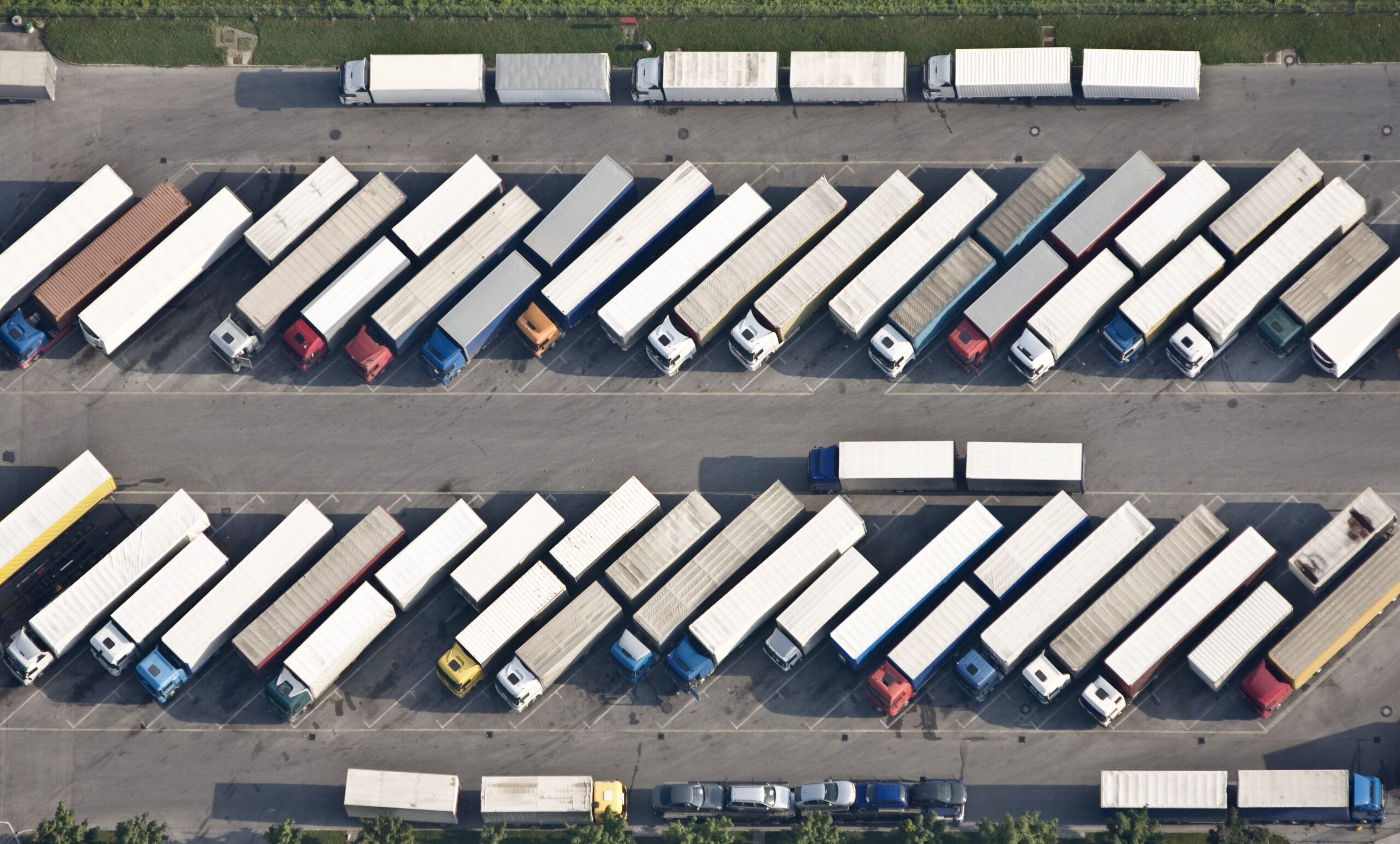17 May 2022
Freight transport and food ingredient pricing

Since I joined the family business seven years ago, the cost of freight has always been a critical factor in pricing and relative strength vs. competition based in different geographies. When your product sometimes sells for around $.96/kg and freight to Sydney shifts from 13c to 18c/kg we are talking a 5% influence on pricing. Obviously, this matters less in higher price products – but it can still make and break sales.
Furthermore, the road transport costs compound through the supply chain. Are goods grown in Victoria, processed in South Australia, and then sent back to Victoria to warehouse before delivery to NSW? If so, what used to just erode the profitability margin may now mean the product cannot compete in the market against a different supply chain route.
We are now hearing repeated stories throughout Australia of difficulty in finding drivers to deliver goods from farmgate to processing facility, from processing facilities to warehouses and then subcontractor delays on shorter runs. This is resulting in expected delays in the supply chain and making it more difficult to plan.
These issues are making it through to the media. For example, the Australian published Demand for drivers outstrips supply noting that there are 20,900 vacant positions for skilled drivers and shortages in entry-level positions as well. As the average worker is 45 years old there is likely to be a persistent skills shortage as drivers retire.
The US is also suffering from a massive labor shortage in the trucking industry. They are responding with major investments in autonomous self-driving trucks, with ambitious predictions that 90% of long-haul transport will be autonomous according to fortune. Whatever you think about the realism of this, Australia has made only small tentative bets in this direction and clearly, we have a lot of road infrastructure constraints, lack of low-cost electric re-charging infrastructure and limited domestic manufacturing.
We think it is likely that in the short to medium term we can expect the cost of fuel, the cost of people driving the trucks, and the total running cost of vehicles themselves (which are more expensive in both to purchase and get replacement parts) to all go up. That means for low-cost agricultural food commodities the costs in the supply chain are going to become an even bigger factor in the patterns of competition and underlying food inflation.
The unreliability of specific firms is also likely to drive the increased use of brokers who can book pallet and full truck loads across different routes and monitor service levels across different shipping companies. We think there will be benefits from moving away from freight-inclusive pricing to giving customers a choice of service levels at different price points – converging with the pricing models we see with domestic package delivery services.